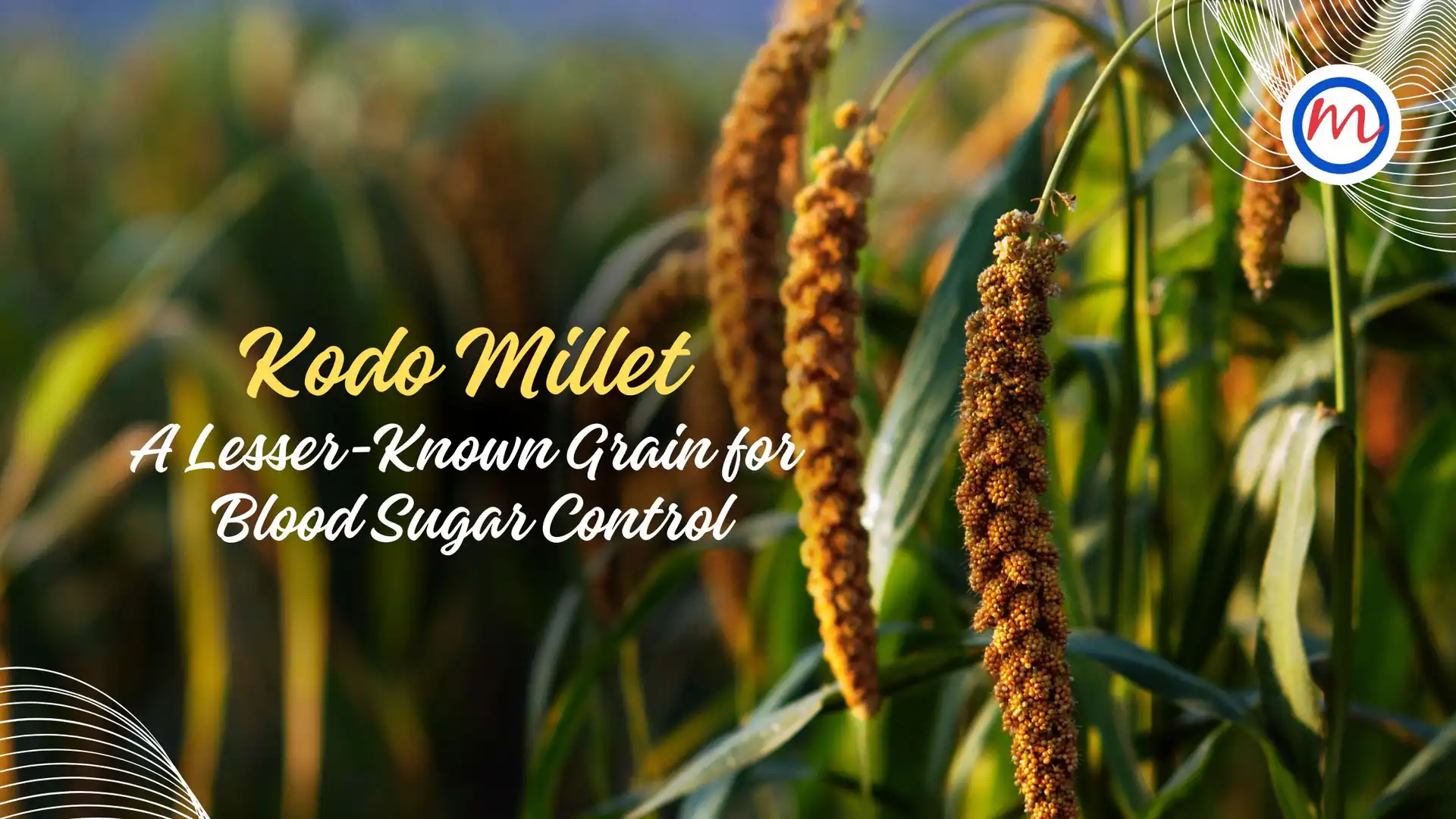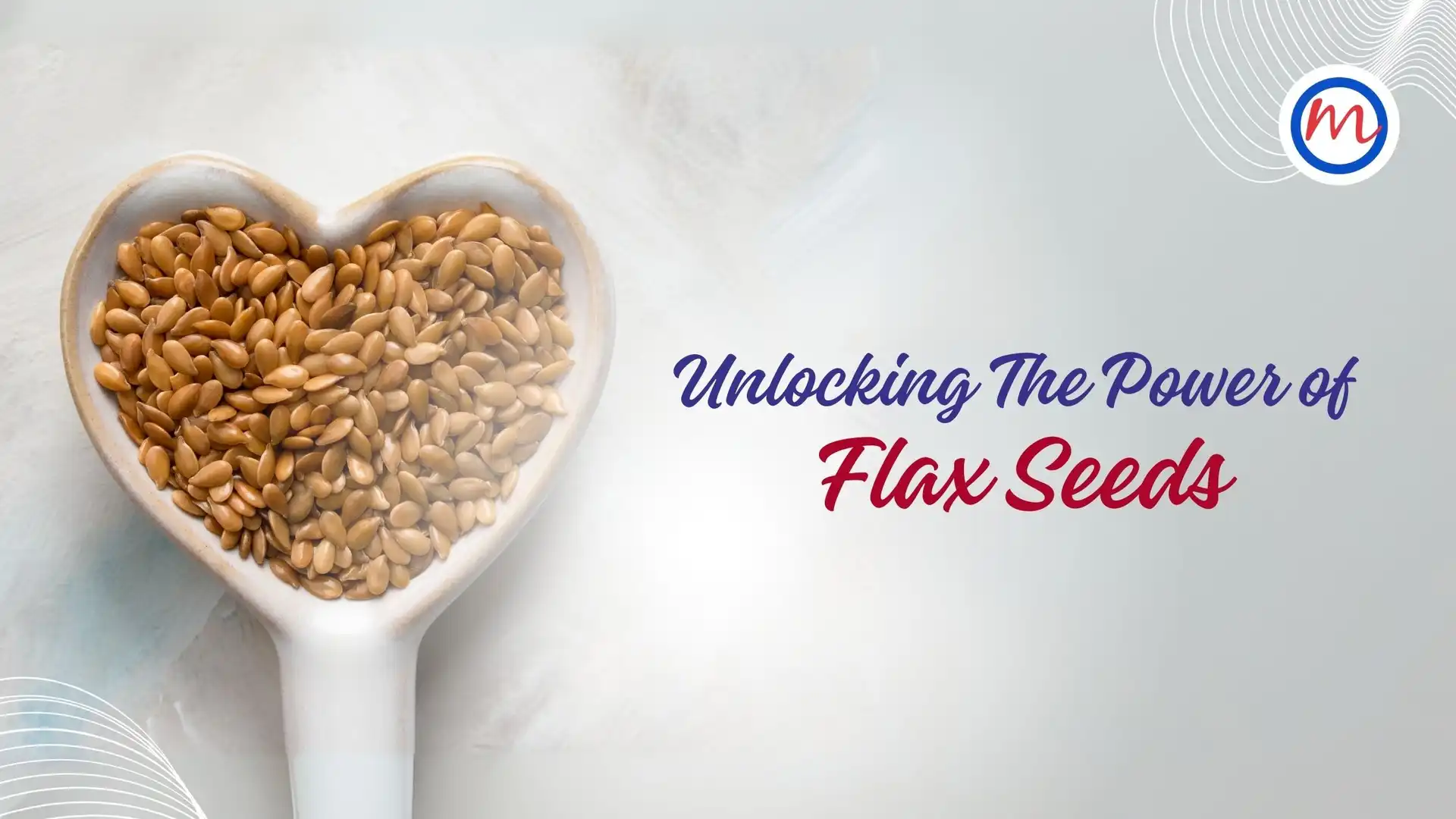Kodo Millet (varagu): A Lesser-Known Grain for Blood Sugar Control
Introduction to Kodo Millet (Varagu)
In the vast variety of traditional Indian grains, Kodo millet, known locally as ‘Varagu’, stands out as a hidden gem. Often overshadowed by more popular grains like rice and wheat, this lesser-known millet is gaining recognition for its impressive health benefits, especially for people looking to manage their blood sugar levels. With its nutrient-rich profile and versatility in Indian cuisine, Kodo millet offers not just taste but also significant health advantages.
Imagine enjoying a wholesome, satisfying meal while also working towards better health. That’s the power of Kodo millet — a grain that has been part of our ancestors’ diet for centuries. As we explore this ancient superfood, you’ll discover how it can be a valuable addition to your everyday meals and why it deserves a special spot in your kitchen. Let’s delve into the nutritional benefits of Kodo millet and understand its role in managing blood sugar levels effectively.
Nutritional Benefits of Kodo Millet (Varagu)
Kodo millet is a powerhouse of nutrition, making it an excellent choice for health-conscious individuals and those managing diabetes. Rich in B vitamins like niacin and riboflavin, it supports energy metabolism and overall health.
The high fibre content of Kodo millet promotes smooth digestion and helps prevent constipation, making it a gut-friendly grain. This fibre also contributes to a feeling of fullness, reducing the urge to overeat — a significant advantage for weight management.
In traditional Indian households, Kodo millet is often recommended for its low glycaemic index, which helps maintain stable blood sugar levels. It releases glucose gradually, providing sustained energy without sharp spikes in blood sugar. The grain is also a rich source of antioxidants that help combat oxidative stress and reduce inflammation in the body.
How Does Kodo Millet (Varagu) Help Control Blood Sugar?
Kodo millet has gained popularity among individuals with diabetes due to its ability to regulate blood sugar levels effectively. Its low glycaemic index ensures that glucose is released slowly into the bloodstream, preventing sudden spikes and crashes in sugar levels. This makes it a safer option compared to refined grains like white rice.
The high fibre content of Kodo millet also aids in slowing down digestion, promoting satiety, and reducing frequent hunger pangs. By controlling appetite, it helps in maintaining a healthy weight — a crucial aspect of diabetes management.
In addition to fibre, Kodo millet is rich in magnesium, a mineral known to improve insulin sensitivity. Including Kodo millet regularly in your meals can support the body’s natural ability to manage blood sugar levels effectively.
Incorporating Kodo Millet (Varagu) into Your Diet
Bringing Kodo millet into your diet is simple and satisfying. Replace polished rice with cooked Kodo millet in traditional Indian dishes like sambar rice, pulao, or curd rice. The subtle, nutty flavour of Kodo millet blends seamlessly with Indian spices and vegetables.
Try making a delicious Kodo millet upma by sautéing mustard seeds, curry leaves, onions, carrots, and peas before adding cooked Kodo millet. This hearty breakfast option is both filling and nutritious.
Kodo millet flour can also be used to make rotis or dosas, offering a nutritious twist to regular Indian breads. Experimenting with these ideas will help you enjoy Kodo millet while reaping its health benefits.
Other Health Benefits of Kodo Millet (Varagu)
Beyond blood sugar control, Kodo millet offers several health benefits. It is a gluten-free grain, making it a suitable choice for individuals with gluten intolerance or celiac disease.
The antioxidants present in Kodo millet help fight free radicals, reducing inflammation and supporting heart health. Its rich mineral content, including iron, phosphorus, and magnesium, aids in maintaining strong bones and energy levels.
Traditional Indian wisdom also recommends Kodo millet for detoxifying the body and improving overall immunity. Its natural properties make it a valuable addition to a balanced diet.
Tips for Buying and Storing Kodo Millet (Varagu)
When purchasing Kodo millet, choose whole grains over processed ones for maximum health benefits. Look for fresh, unpolished varieties that retain their natural colour and texture. Store it in an airtight container in a cool, dry place to maintain freshness.
If you buy in bulk, consider refrigerating or freezing it to extend its shelf life. Proper storage will help you enjoy the benefits of Kodo millet for months.
Precautions and Side Effects
While Kodo millet is beneficial, moderation is crucial. Excessive consumption may cause digestive discomfort due to its high fibre content. Gradually increase your intake to allow your body to adjust.
If you have diabetes and are on medication, monitor your blood sugar levels regularly when introducing Kodo millet into your diet. Consult a healthcare professional or a nutritionist for personalised guidance.
Conclusion
Kodo Millet (Varagu) is a valuable yet underrated grain that deserves more attention for its role in managing blood sugar levels effectively. Its nutritional richness, low glycaemic index, and versatile use in Indian cooking make it an excellent addition to a diabetes-friendly diet.
Whether you incorporate it into traditional Indian recipes or explore new culinary creations, Kodo millet can support your journey towards better health. Try adding this superfood to your meals and experience the benefits for yourself. Your kitchen and your health will thank you!



